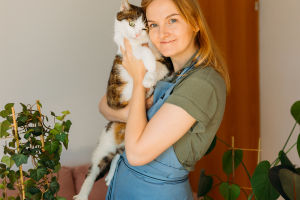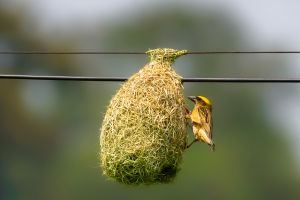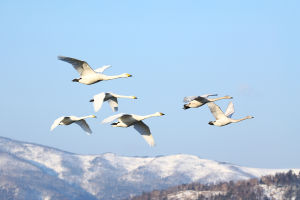Picture this: a tiny creature, curled like a question mark, drifts through shallow seaweed. It looks delicate, almost like a toy. But this little fish—no bigger than your thumb—is breaking one of nature's most common rules.
The seahorse isn't just unusual for its shape or slow swim. It's famous for something far more surprising: the male gets pregnant and gives birth.
Yes, you read that right.
While the female lays the eggs, she doesn't carry them. Instead, she places them into a special pouch on the male's belly. He fertilizes them, nurtures them, and eventually—after weeks of "pregnancy"—he gives birth to dozens, sometimes hundreds, of fully formed tiny seahorses.
It's the only known example in the animal kingdom where males experience true pregnancy—not just guarding eggs, but actively supporting embryonic development with nutrients, oxygen, and even hormonal regulation.
And it's not just a quirky fact. This role reversal reveals something deeper about how nature balances parenting, survival, and evolution.
How Does Male Pregnancy Work?
It all starts with a courtship dance. Seahorses are surprisingly romantic. Pairs often mate for life, and each morning they perform a brief, synchronized swim to reaffirm their bond.
When it's time to reproduce:
• The female extends her ovipositor (an egg-laying tube) and deposits up to 1,500 eggs into the male's brood pouch.
• The male then releases male gametes to fertilize them inside the pouch.
• The pouch seals shut, and the real work begins.
Inside, the embryos are bathed in a fluid rich in nutrients and oxygen. The pouch lining:
• Regulates salt levels to match the surrounding seawater
• Supplies oxygen through a network of blood vessels
• May even provide energy-rich compounds, similar to how a mammalian placenta supports a fetus
Dr. Camilla Mazzoni, a marine biologist at the University of Sydney, explains:
"Male seahorses don't just hold the eggs. Their bodies actively manage the internal environment. It's a form of parental care so advanced, it blurs the line between male and female reproductive roles."
After 10 to 25 days, depending on species and water temperature, the pouch opens. The male flexes his body rhythmically, and tiny seahorses—fully independent—shoot out like popcorn.
No parenting after that. The newborns swim away immediately, avoiding predators, searching for food. Only about 0.5% survive to adulthood.
Why Did This Evolve?
So why did seahorses flip the script on parenting?
Evolution doesn't care about fairness—it cares about efficiency. And in the seahorse's world, male pregnancy makes perfect sense.
Here's why:
• Females can produce new eggs faster than males can give birth. Once a male is pregnant, he's out of commission for weeks. But the female can start preparing her next batch almost immediately.
• This speeds up reproduction. While the male carries one batch, the female is already building the next. It's like a well-timed relay race.
• The pouch offers superior protection. Open eggs in the water are easy prey. But sealed inside the male, they're safe from currents, parasites, and hungry mouths.
In fact, studies show that male pregnancy increases offspring survival by up to 34% compared to species where eggs are simply attached to the outside of the body.
Dr. Sarah Foster, a conservation biologist with Project Seahorse, says:
"This isn't just a curiosity. It's a survival strategy refined over 40 million years. The male's pouch is one of the most effective nurseries in the ocean."
What Can We Learn From Seahorse Dads?
Beyond the "wow" factor, seahorse biology challenges our assumptions about gender roles in nature.
We often assume that females are the primary caregivers because they carry offspring. But seahorses prove that parenting isn't tied to biological role—it's tied to what works.
This insight has ripple effects:
• In conservation, understanding their breeding helps protect endangered seahorse species from overfishing and habitat loss.
• In biology, scientists study the male pouch to understand how complex reproductive tissues evolve—knowledge that could inform fertility research.
• In culture, the seahorse quietly reshapes how we think about fatherhood, care, and equality.
Even in the animal kingdom, parenting isn't one-size-fits-all. Sometimes, the strongest thing a dad can do is carry the future—literally.
Next time you see a seahorse in a documentary or aquarium, take a closer look at the male. That small pouch on his belly? It's not just a feature. It's a symbol of nature's creativity, where the rules can change if it means giving the next generation a better chance.
Which animal role reversal fascinates you the most? I'd love to hear what surprises you about nature's version of family.


